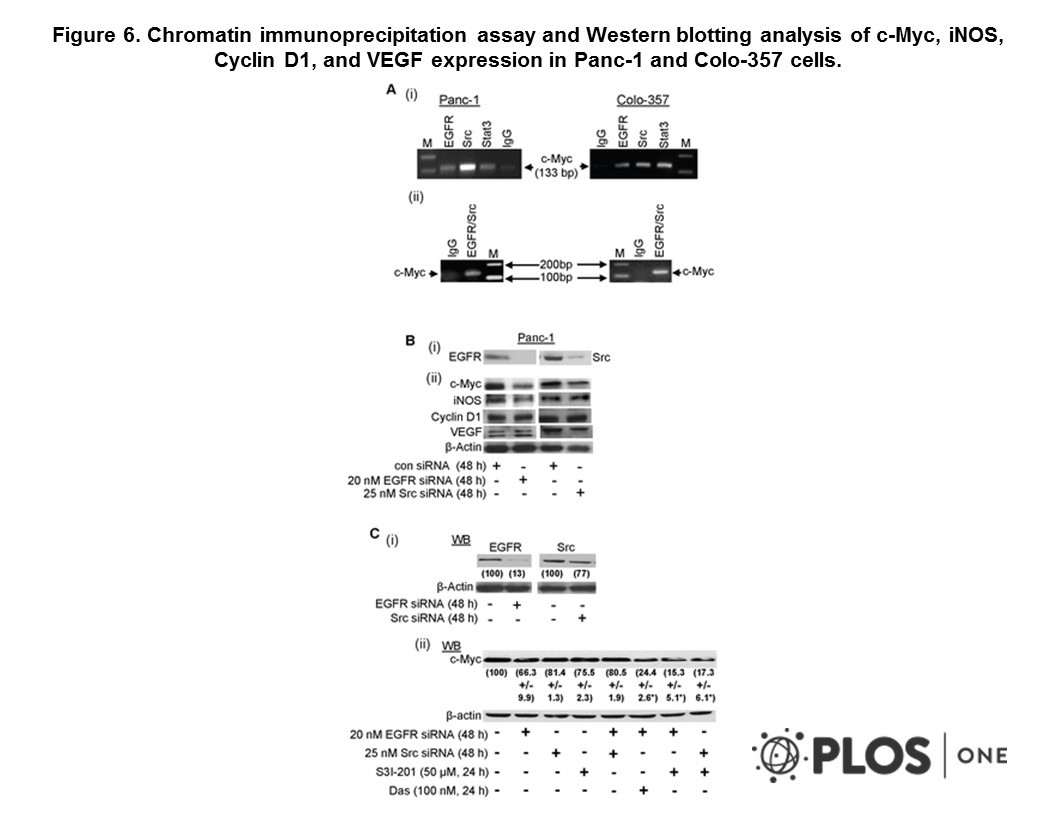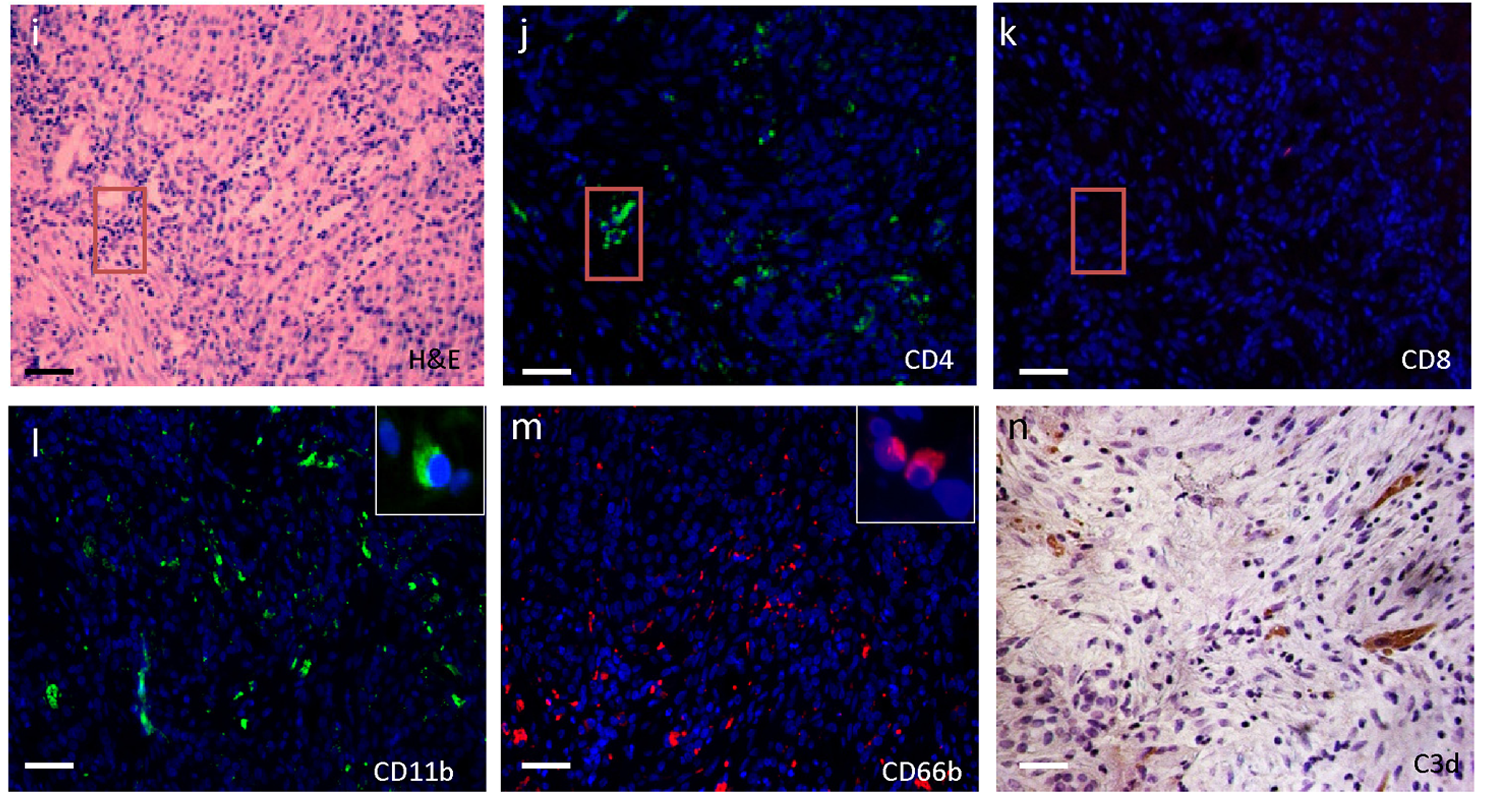Cat. #151097
Anti-EGFR [F4]
Cat. #: 151097
Sub-type: Primary antibody
Unit size: 100 ug
Availability: 3-5 days
Target: Epidermal Growth Factor Receptor (EGFR, Her1)
Class: Monoclonal
Application: ELISA ; FACS ; IHC ; IP ; RIA
Reactivity: Human
Host: Mouse
£300.00
This fee is applicable only for non-profit organisations. If you are a for-profit organisation or a researcher working on commercially-sponsored academic research, you will need to contact our licensing team for a commercial use license.
Contributor
Inventor: Joyce Taylor-Papadimitriou
Institute: Cancer Research UK, London Research Institute: Lincoln's Inn Fields
Tool Details
*FOR RESEARCH USE ONLY
- Name: Anti-EGFR [F4]
- Clone: F4
- Tool type ecom: Antibodies
- Tool sub type: Primary antibody
- Class: Monoclonal
- Conjugation: Unconjugated
- Strain: Balb/c
- Reactivity: Human
- Host: Mouse
- Application: ELISA ; FACS ; IHC ; IP ; RIA
- Description: The EGFR family of type I growth factor receptor tyrosine kinases includes EGFR (HER1), c-erbB2 (HER2; neu), c-erbB3 (HER3) and c-erbB4 (HER4). Dysregulation of EGFR signaling as a consequence of overexpression, amplification and mutation of the EGFR gene occurs frequently in several types of cancers and many become dependent on EGFR signaling to maintain their malignant phenotypes.
- Immunogen: Synthetic peptide (residues 985 to 996 of human EGFR) coupled to keyhole limpet hemocyanin.
- Isotype: IgG1 kappa
- Myeloma used: P3/NS1/1-Ag4.1
Target Details
- Target: Epidermal Growth Factor Receptor (EGFR, Her1)
- Target background: The EGFR family of type I growth factor receptor tyrosine kinases includes EGFR (HER1), c-erbB2 (HER2; neu), c-erbB3 (HER3) and c-erbB4 (HER4). Dysregulation of EGFR signaling as a consequence of overexpression, amplification and mutation of the EGFR gene occurs frequently in several types of cancers and many become dependent on EGFR signaling to maintain their malignant phenotypes.
Applications
- Application: ELISA ; FACS ; IHC ; IP ; RIA
Handling
- Format: Liquid
- Concentration: 1 mg/ml
- Unit size: 100 ug
- Storage buffer: PBS with 0.02% azide
- Storage conditions: -15° C to -25° C
- Shipping conditions: Shipping at 4° C
References
- Jaganathan et al. 2011. PLoS One. 6(5):e19605. PMID: 21573184.
- A Fn nuclear epidermal growth factor receptor, SRC and Stat3 heteromeric complex in pancreatic cancer cells.
- Gibson et al. 2009. PLoS One. 4(9):e7222. PMID: 19787046.
- Roles of specific membrane lipid domains in EGF receptor activation and cell adhesion molecule stabilization in a developing olfactory system.
- Berger et al. 1987. J Pathol. 152(4):297-307. PMID: 3668732.
- Epidermal growth factor receptors in lung tumours.
- Gullick et al. 1986. Cancer Res. 46(1):285-92. PMID: 2998607.
- Expression of epidermal growth factor receptors on human cervical, ovarian, and vulval carcinomas.






